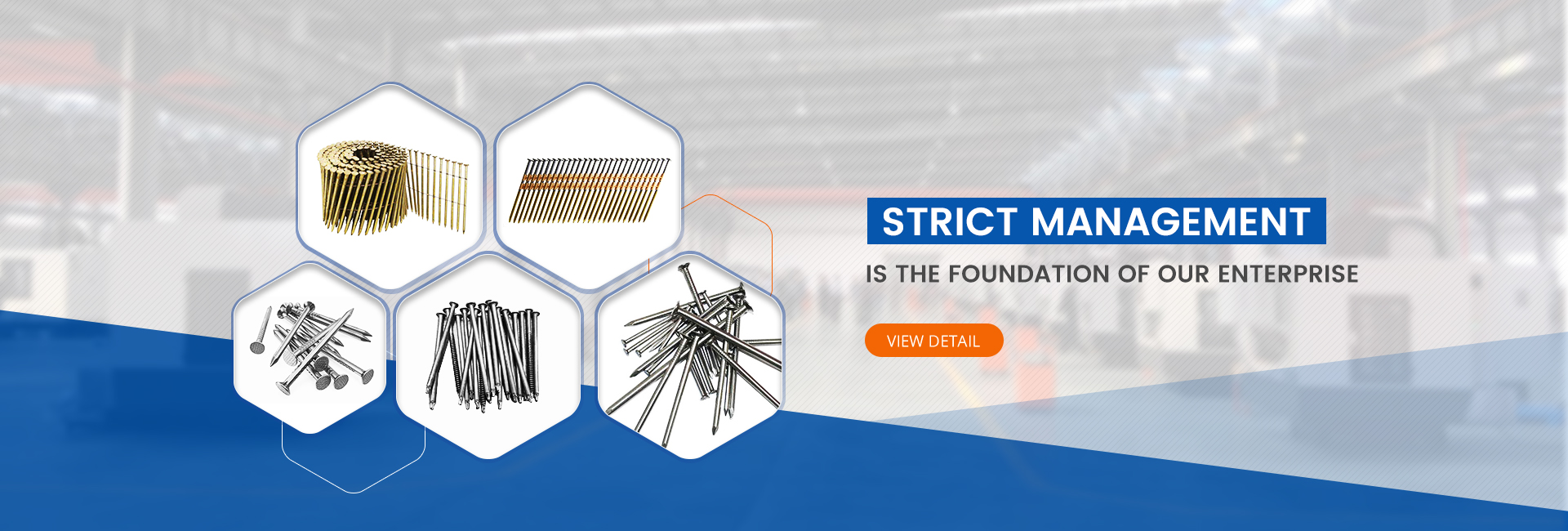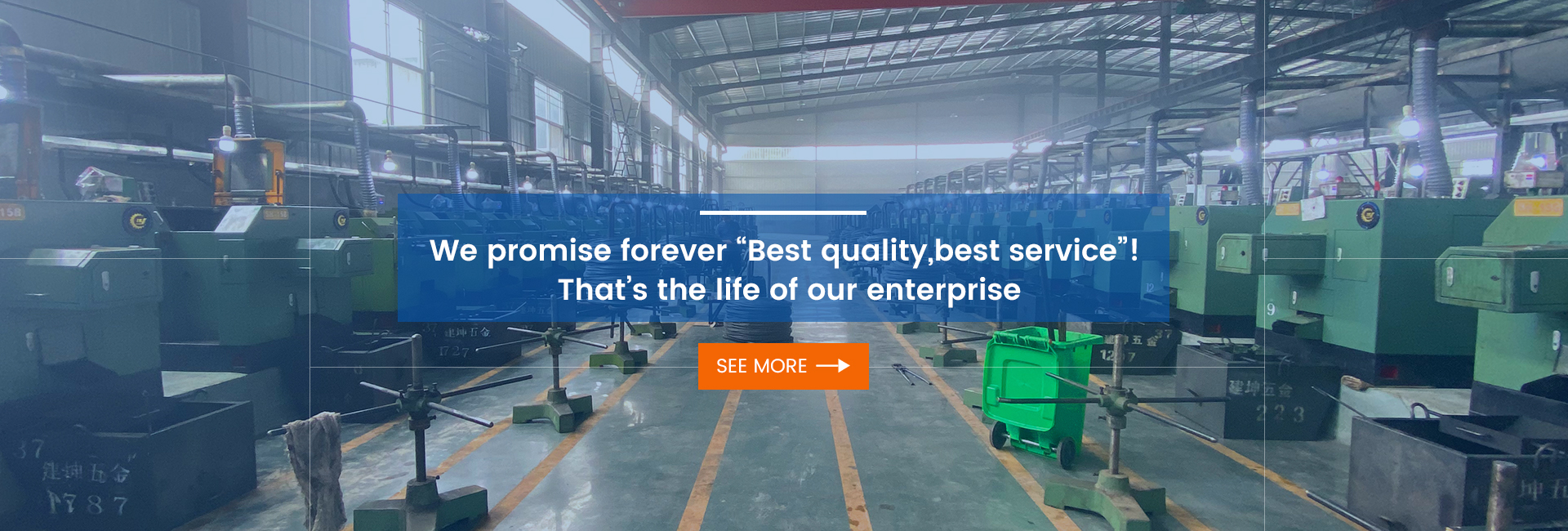The hardware industry, a cornerstone of global manufacturing and construction, is experiencing significant shifts driven by technological advancements, changing consumer demands, and sustainability initiatives. As we move further into the 21st century, companies in this sector must adapt to these changes to remain competitive and meet the evolving needs of the market.
Technological Innovations in the Hardware Industry
One of the most notable trends in the hardware industry is the integration of advanced technology into production processes. Automation, robotics, and smart manufacturing are no longer just buzzwords; they are transforming the way hardware is produced and delivered. These innovations have led to increased efficiency, higher precision, and reduced production costs.
For example, automated assembly lines in hardware manufacturing are becoming more common, allowing companies to produce complex components with greater accuracy and speed. Additionally, 3D printing is gaining traction as a method for producing custom hardware parts on-demand, reducing lead times and minimizing waste.
Sustainability: A Growing Priority
Sustainability is now a key focus in the hardware industry, with companies increasingly adopting eco-friendly practices. This shift is driven by both regulatory pressures and consumer demand for greener products. From using recycled materials in production to implementing energy-efficient processes, the hardware industry is taking significant steps toward reducing its environmental footprint.
In particular, the use of recyclable materials and green manufacturing techniques is on the rise. Companies are investing in technologies that allow them to produce durable, long-lasting hardware with minimal environmental impact. This not only helps meet sustainability goals but also appeals to a growing segment of environmentally-conscious consumers.
E-Commerce and the Digital Revolution
The rise of e-commerce is another major trend reshaping the hardware industry. With more consumers and businesses purchasing hardware products online, companies are increasingly focusing on building robust digital platforms. Online marketplaces and direct-to-consumer models are becoming essential for reaching a broader audience and providing customers with convenient purchasing options.
Moreover, the use of digital tools such as augmented reality (AR) and virtual reality (VR) is enhancing the online shopping experience. These technologies allow customers to visualize how hardware products will look and function in real-world settings before making a purchase, reducing the likelihood of returns and increasing customer satisfaction.
Global Supply Chain Challenges
While the hardware industry is benefiting from technological advancements, it is also facing challenges related to global supply chains. The COVID-19 pandemic highlighted vulnerabilities in supply chains, leading to delays and increased costs. As a result, companies are now exploring ways to make their supply chains more resilient, such as by diversifying suppliers and investing in local production.
The ongoing trade tensions and geopolitical uncertainties are also impacting the industry. Companies must navigate these complexities while ensuring they can continue to meet demand and maintain competitive pricing.
Conclusion: Adapting to a Changing Landscape
The hardware industry is at a crossroads, with new technologies, sustainability efforts, and market dynamics driving significant change. Companies that embrace these trends and adapt to the evolving landscape will be better positioned to succeed in the future. By investing in innovation, enhancing sustainability practices, and leveraging digital tools, businesses can not only survive but thrive in this rapidly changing environment.
Post time: Aug-20-2024



